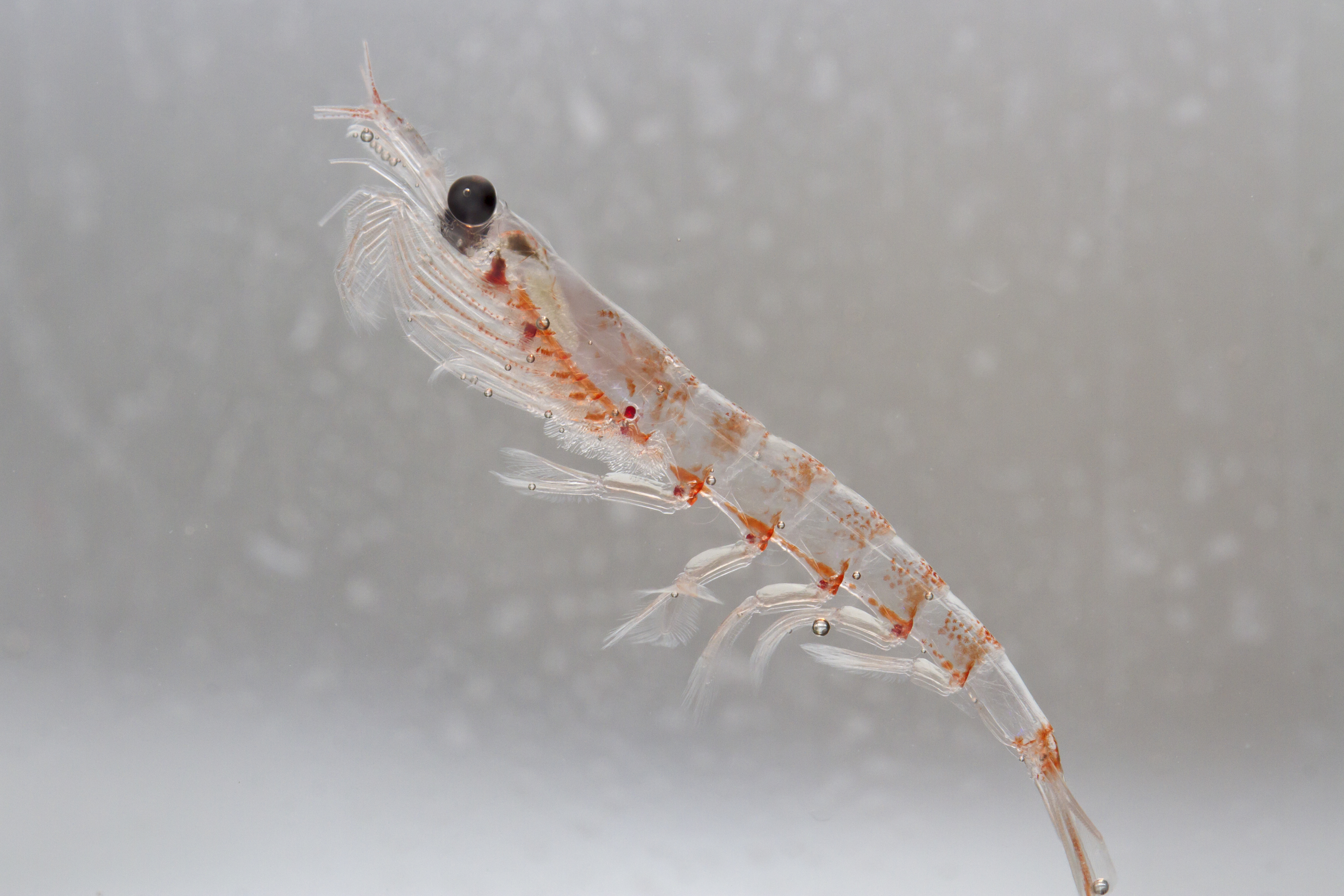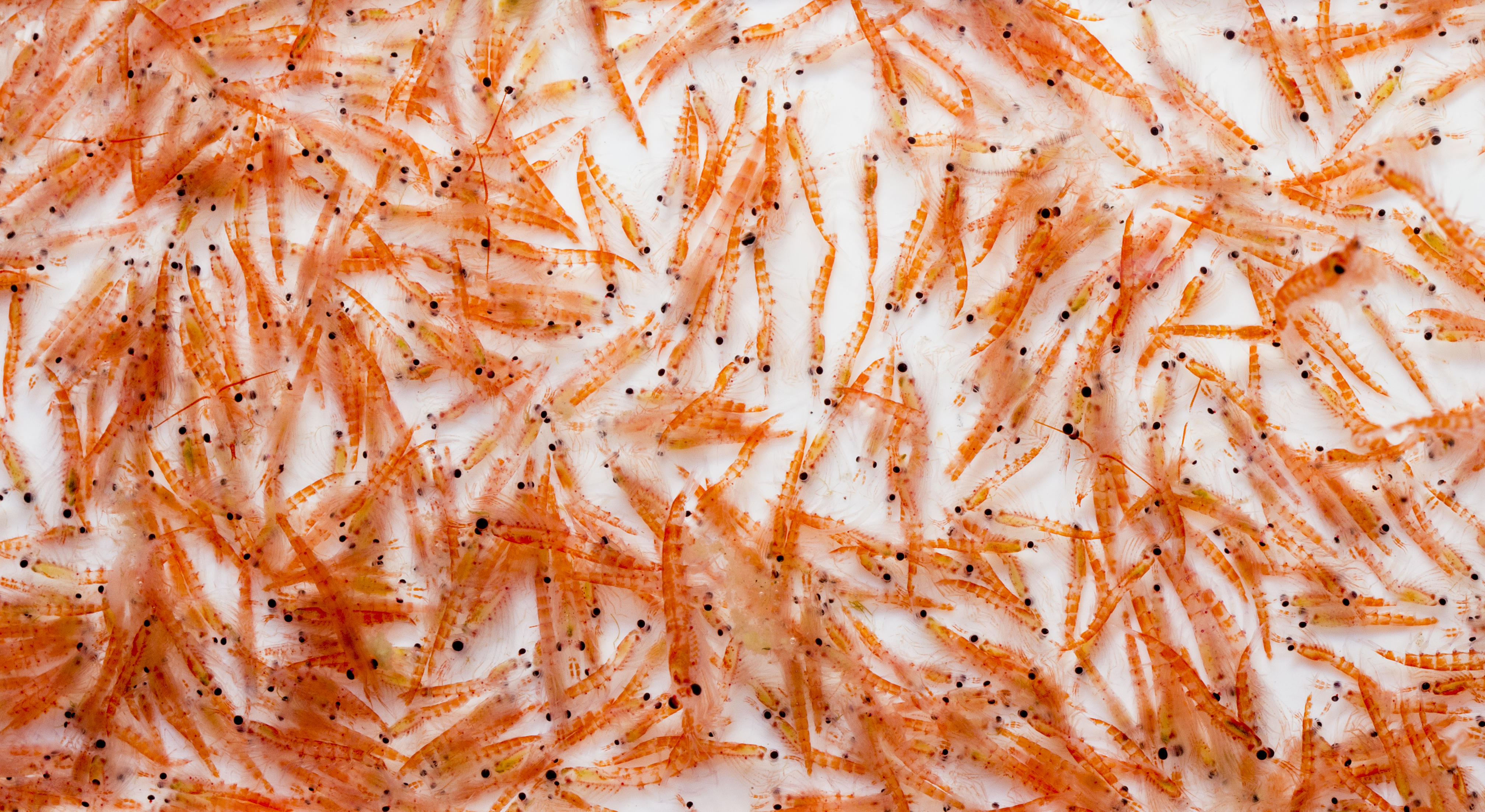The declining global krill population is a serious issue to me because it shows how something so small can affect even the biggest creatures on our planet. Even humans use krill for their protein and omega-3 fatty acids.
Krill are small crustaceans found in all oceans over the world. While krill are small individually, with an average adult length measuring six centimeters, there are 700 trillion in the Southern Ocean alone. The biggest reason for this tiny creature’s steadily declining population is that the Arctic Ocean is getting warmer year after year. As water temperature rise, glacial ice begins to melt. The krill need that ice to feed off the algae that grow under it.

Antarctic krill are at the center of the food web in the Southern Ocean, feeding multiple populations of penguins, whales, seals, and many other forms of marine life.
According to The World Wildlife Foundation, krill are food for one of the largest animals on the planet, the Antarctic blue whale which eats for six months before migrating north.
I think krill are very important for our oceans. Not only are they the baseline food supply for sea life, but they also help with climate change. They eat phytoplankton and algae that can absorb carbon dioxide, then they digest the carbon and release some of it with their exoskeletons.
Ewan McAloon, freshman political science major said, “People don’t realize how important something so small can be, I think not just the krill population decrease but ocean warming is a major problem.”
How the population is decreasing
Aside from ocean warming, another large reason for the decrease in krill is fishing by large industries. The number of ships fishing for krill is increasing and the technology used to collect krill in a larger quantity is becoming more advanced as well. This means that companies are able to take large amounts and quicker than they could before.
“Suction” harvesting is one way fishermen collect krill in large quantities in a little amount of time, as opposed to the old fishing net method. This process means they can suck up large amounts of krill instead of casting with nets.
Nick Mormando, sophomore undeclared major said, “If even the smallest but most important piece of the food chain disappears so does the rest.”
What can be done to help

I think fishing for endangered animals such as krill should be banned from commercial fishing. Since their population has already dropped so much over the years, now with technology changing, their population will drop even faster.
CCAMLR, Convention for the Conservation of Antarctic Marine Living Resources, creates measures to regulate fishery operations such as catch limits, gear restrictions, data reporting, notification of intent to fish, observation deployment, and much more. People all over the world can support CCAMLR by going to their website, from there you can look at the different events, jobs, and brochures. The website allows you to make donations and see all the past efforts made by the organization as well.




